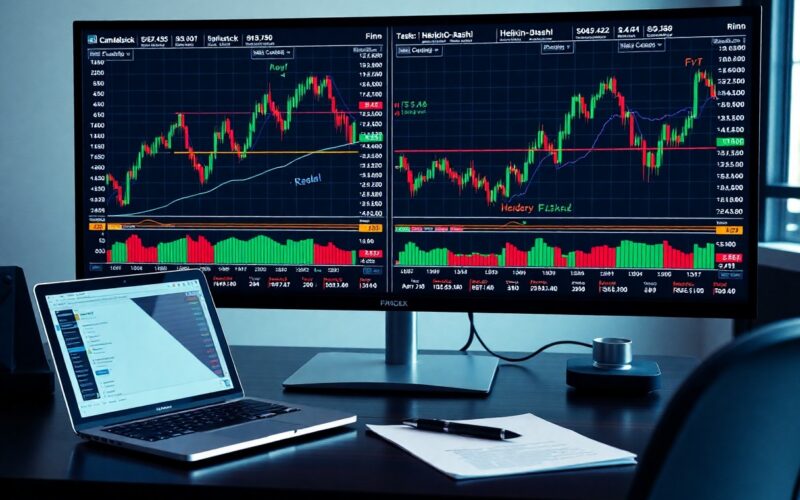22
Nov
You are about to commence on a journey into the world of trading, where understanding lots, leverage, and margin can significantly impact your success. These fundamental concepts can enhance your trading experience and open doors to larger opportunities, but they also carry inherent risks that you must be aware of. This guide will equip you with the knowledge necessary to navigate these elements confidently, ensuring you make informed decisions that protect your investments while maximizing your potential gains.Understanding Lots Definition of Lots In trading, a lot refers to the standardized quantity of a particular asset that you buy or sell…










